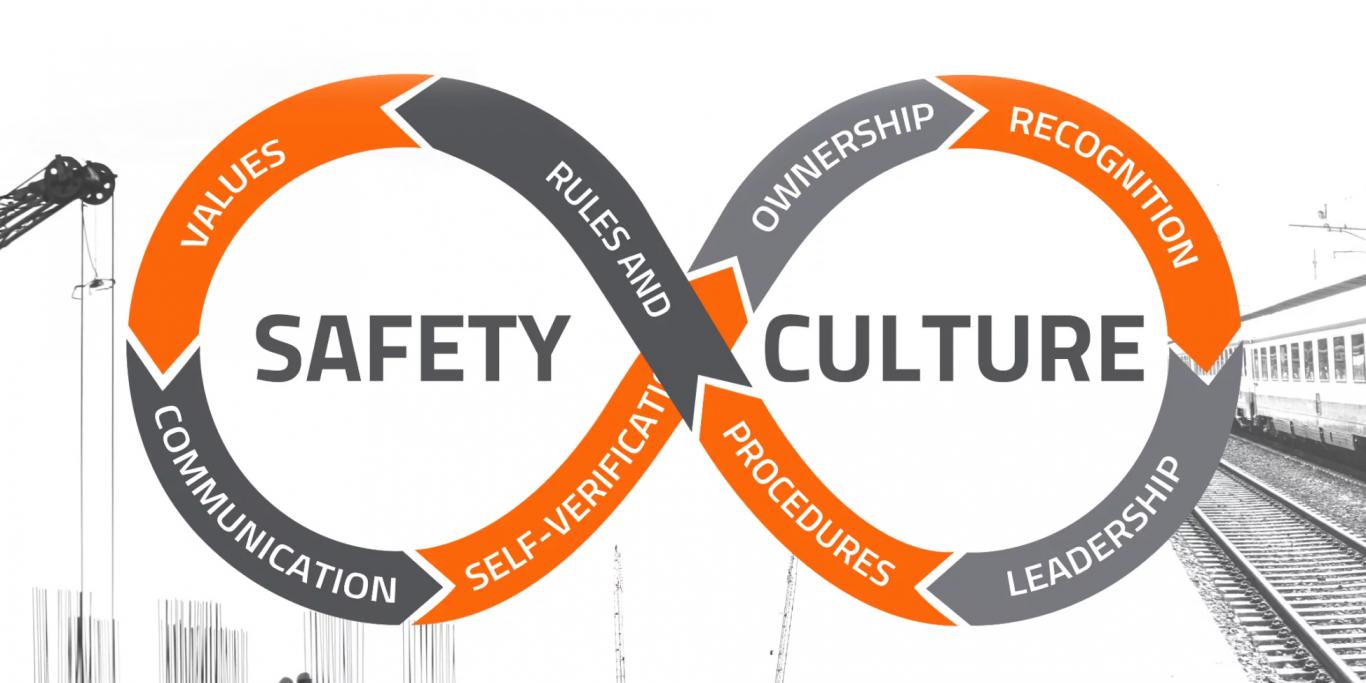Recently we spoke with David White, Group HSQE Manager, about how he aims to strengthen the safety culture at Auctus Management Group and its member firms, RSS Infrastructure and INFRA Skills, and his overall safety vision.
David has identified nine key points to improving safety culture, summarised below.
- An excellent safety culture requires strong leadership commitment and visible support from the top. Everyone must be committed to safety, from the CEO to the most junior employee. The organisation must have a clear safety vision and strategy that everyone understands and is aligned with. Establishing a safety culture takes time and continuous effort. It is not something that we can achieve overnight.
- Leaders should not underestimate the importance of employee engagement. Employees must be actively engaged in safety, participate in safety training, and feel comfortable reporting any safety concerns. Open and honest communication is essential for a strong safety culture. Employees must feel safe reporting any unsafe conditions or practices without fear of retribution. Communication should be two-way, with employees providing feedback to management on their safety experience.
We must properly train employees to do their jobs safely. Training should be tailored to the specific job and conducted regularly. Employees must also be made aware of the company’s safety policies and procedures and understand their role in keeping themselves and others safe. - Coaching and mentoring should focus on safety conversations between employees and management. Employees should be coached and mentored on safely doing their jobs and identifying and correcting unsafe conditions.
A positive safety culture is one where mistakes are viewed as opportunities for learning, not punishment. Employees should be encouraged to report any safety incidents, even if they are minor so that the cause can be identified and corrected. We should also reward employees for safe behaviour.
The use of safety checklists can help to ensure that all safety procedures are followed. Safety checklists can help identify any potential hazards and unsafe conditions before they become a problem. - We need to motivate people to change their attitudes and beliefs about safety. People are more likely to take safety seriously if they understand its importance and how it impacts them personally.
As leaders, we need to give clear and concise safety instructions. Instructions should be easy to understand and follow. Employees should be able to complete their tasks safely without referring to multiple sources of information. - HSQE will be proactive by gathering facts, determining the root cause, and sharing lessons learned. We mustn’t wait for an accident to happen before acting.
Encourage employees to question the status quo and speak up if they have any concerns. Employees should feel comfortable raising safety concerns without fear of reprisal. We need to make sure that everyone understands their role in keeping themselves and others safe. - Using new technology to improve safety and report concerns is vital. Safety technology can help identify potential hazards, automate safety reporting, and improve communication.
- Anyone who raises a safety concern should be rewarded and recognised, which will help embed a safety culture. Everyone should consider safety in all aspects of the business, not just during the design process. The safety of employees, customers, and the public should be a top priority.
- Speak up when you see something wrong or doesn’t seem safe. Don’t be afraid to challenge the status quo. Remember, safety is everyone’s responsibility. If you don’t report it and bring it to our attention, then we can’t do anything to change things.
The importance of safety cannot be overstated. A safe workplace is crucial for employees’ well-being and helps prevent accidents and injuries. Establishing a strong safety culture takes time and continuous effort, but it is worth the investment. By promoting a culture of safety, employers can help ensure their employees’ well-being and protect their business. - Ensure that you are at the forefront of safety and performing well to keep everyone safe. Be an advocate for safety. Try new things and be innovative. Listen to everyone and take the time to understand their suggestions. Implementing new safety ideas can be difficult, but it is essential to remember that the safety of employees is always our top priority. We need to remain patient as creating and maintaining a strong safety culture takes time and effort from everyone in the organisation.
If you have a safety concern or would like to discuss anything related to HSQE please get in touch with David White, Group HSQE Manager, via email at hsqe@auctusmg.co.uk or call 0330 113 0004




